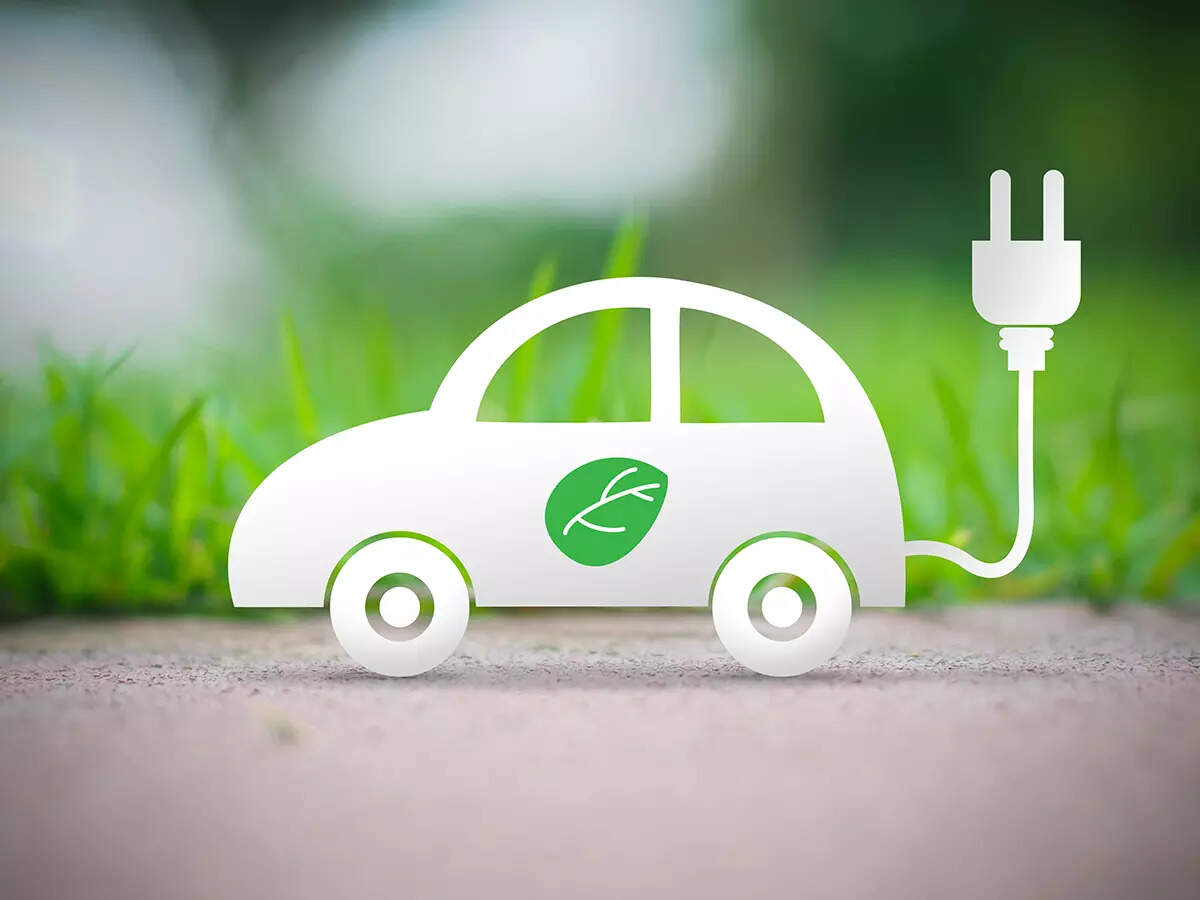
In what spells good news for car manufacturers looking to make inroads in India’s nascent premium e-passenger vehicle market, buyers in India are willing to fork out more across points for owning a premium model, shows Deloitte’s Global Auto Consumer Survey (GACS) 2023.
It’s therefore not surprising that all global and Indian car makers – from Kia Motors, Hyundai Motors, and BYD to MG Motor and Tata Motors are betting big on a trend that will find greater traction in the years to come.
India has traditionally been known as a price-sensitive small car market. But the latest trend shows that Indian consumers are upgrading year-on-year not only in fossil fuel driven vehicles but also for EVs, Rajeev Singh, automotive sector leader at Deloitte India told ET. “Earlier lot of EVs would come in the Rs25 lakh plus bracket but now Rs15-25 lakh has emerged as the sweet spot,” he said.
To be sure, a better-than-expected response to the premium models launched in India in the recent past have boosted confidence of global carmakers. Kia’s EV6 that went on sale in June 2022 at a price of Rs59.95 lakh saw all the 100 units allocated for the market being sold out in no time, prompting the company to ask its headquarters for more. It got a total of 500 units.
BYD, the world’s largest e-car maker by sales for instance, expects one in every third car to be electric in India by the end of this decade. While BYD that sells the E6 and will soon commence deliveries of the Atto 3 in the Indian market took wraps off the SEAL and other models, Tata Motors showed the electrified version of the Harrier and Sierra. Both the models are expected to be priced above Rs25 lakh. Even the upcoming launches from Mahindra & Mahindra, Ola Electric will be targeted at the premium segment.
The GACS reveals that the percentage of those who intend to purchase a premium EV- priced between Rs15 lakh to less than Rs25 lakh has increased to 32% for survey year 2023 from 30% in 2022, 26% in 2021 and 15% in 2020.
Even for EV models priced between Rs25 lakh to Rs50 lakh the percentage of those intending have climbed to the highest in 2023. It stood at 16% in 2023 as compared to 15% in 2022, 9% in 2021 and 6% in 2020.
That’s not all, the percentage of buyers willing to pay even more, have also seen an uptrend year-on-year since 2020. The percentage of the intenders willing to pay more than 50,00,000 has risen to 4% in the 2023 survey as compared to merely 1% in 2020. This is however lower than 6% seen in 2022. This percentage stood at 2% in 2021.
“We expect premium models to account for one in every second EV car sold by 2025,” said Puneet Gupta, director S&P Global Mobility, attributing the trend primarily to the high battery costs which would keep the electrification in the mass segment in check.
Amid high battery prices, an underdeveloped charging infrastructure, a wide scale adoption of battery run cars in the mass segment is still some distance away. Till that happens, the premium EV segment (those priced above Rs 20 Lakh) will top priority at most companies, he says.
Also Read:
